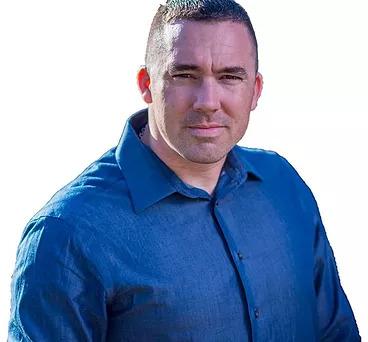The United States Army’s special forces, also known as the Green Berets, are one of the most elite units in the country’s armed forces. This man served as a Green Beret for 17 years and put his life on the line for freedom, but sees those who died and the families of those deployed as the real heroes.
Adam Smith is 36 years old and lives in New Albany, Indiana. Smith joined the United States Army because being in the military was something he had always wanted to do, ever since he was a kid.






